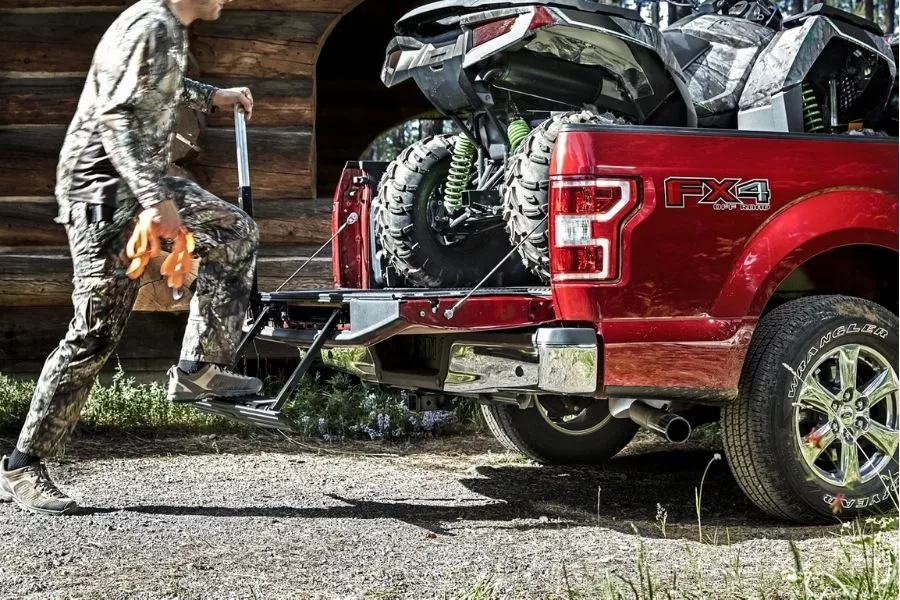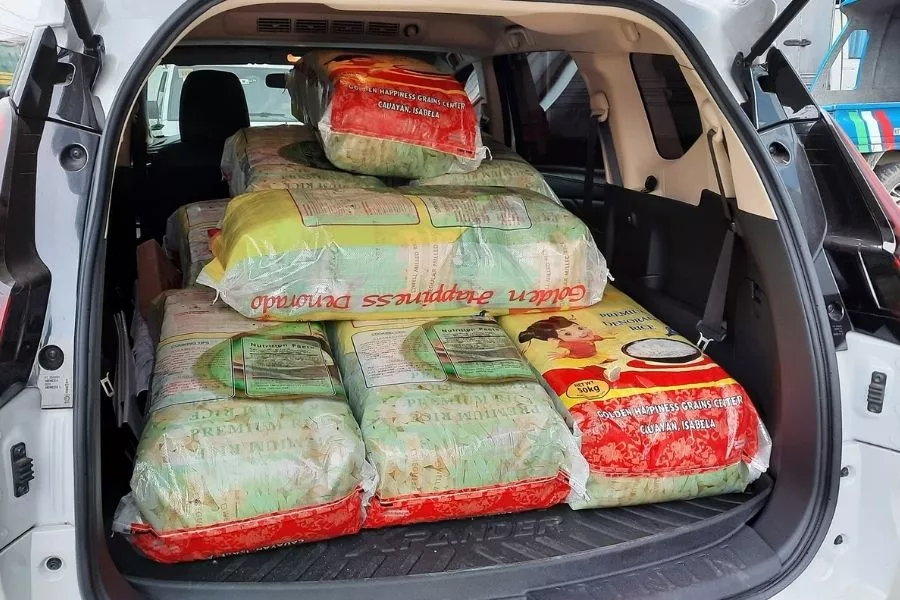These days, cars are no longer just personal modes of transportation. Filipino car buyers want to get their money’s worth, and many of them tend to purchase vehicles that can pull at least double duty as family and business haulers.

You might feel shortchanged if your car isn't capable of at least two roles
This holds especially true now when the pandemic’s economic effects are still very much prevalent, and many of those who took out loans on their cars now struggle to pay the monthly amortization. They’re on the lookout for opportunities to either replace the jobs they lost or earn a little more on the side, whether it’s through a ride-sharing gig or delivering goods on a regular basis.
If you do decide to make your car earn its keep, an important consideration is payload capacity. In simple terms, this refers to how much the vehicle can safely carry (both passengers and cargo) at any given time. The payload capacity is on top of the vehicle’s curb weight, which is how heavy the vehicle itself weighs (full tank and all), but with the cabin and luggage bay unoccupied.

Payload capacity doesn't only apply to large vehicles such as pickups
A workhorse role will predictably be more strenuous for a car than just occasionally driving family members around, so you’ll need to know if your vehicle is up to the task. Carmakers usually release payload capacity figures for heavier machines such as SUVs and pickups. But what if you want to know, say, just how many sacks of rice your seven-seater MPV can carry?
Fortunately, there’s a simple formula for that. All you need to do is subtract your car’s curb weight from the GVWR (gross vehicle weight rating). The latter is the maximum allowable weight that the car can put on safely, which includes the combined weight of occupants, cargo, and accessories. The GVWR is commonly indicated on a sticker or badge on the driver’s side door frame, if not on the user manual.

Focus the greater part of the weight towards the middle, or between the front and rear axles
For instance, your car might have a GWVR of 1,840 kg. and a curb weight of 1,275 kg. By subtracting the curb weight from the GWVR, you arrive at a payload capacity of 565 kg. which is what the vehicle can safely carry, or the equivalent of 10 sacks of rice at 50 kg. each. And if you find yourself using the car to haul stuff for business, you might want to concentrate the bulk of the weight between the axles, to reduce the stress on the rear suspension.
Find more tips for beginner car owners at Philkotse.com.
Recent posts
- Which pickup truck in the Philippines has the best payload capacity? Mar 30, 2021
- Information you didn’t know your car manual has May 05, 2020
- What you need to know before getting a car loan Oct 14, 2021
- Top 4 cars for business in the Philippines 2018 Jul 21, 2018












